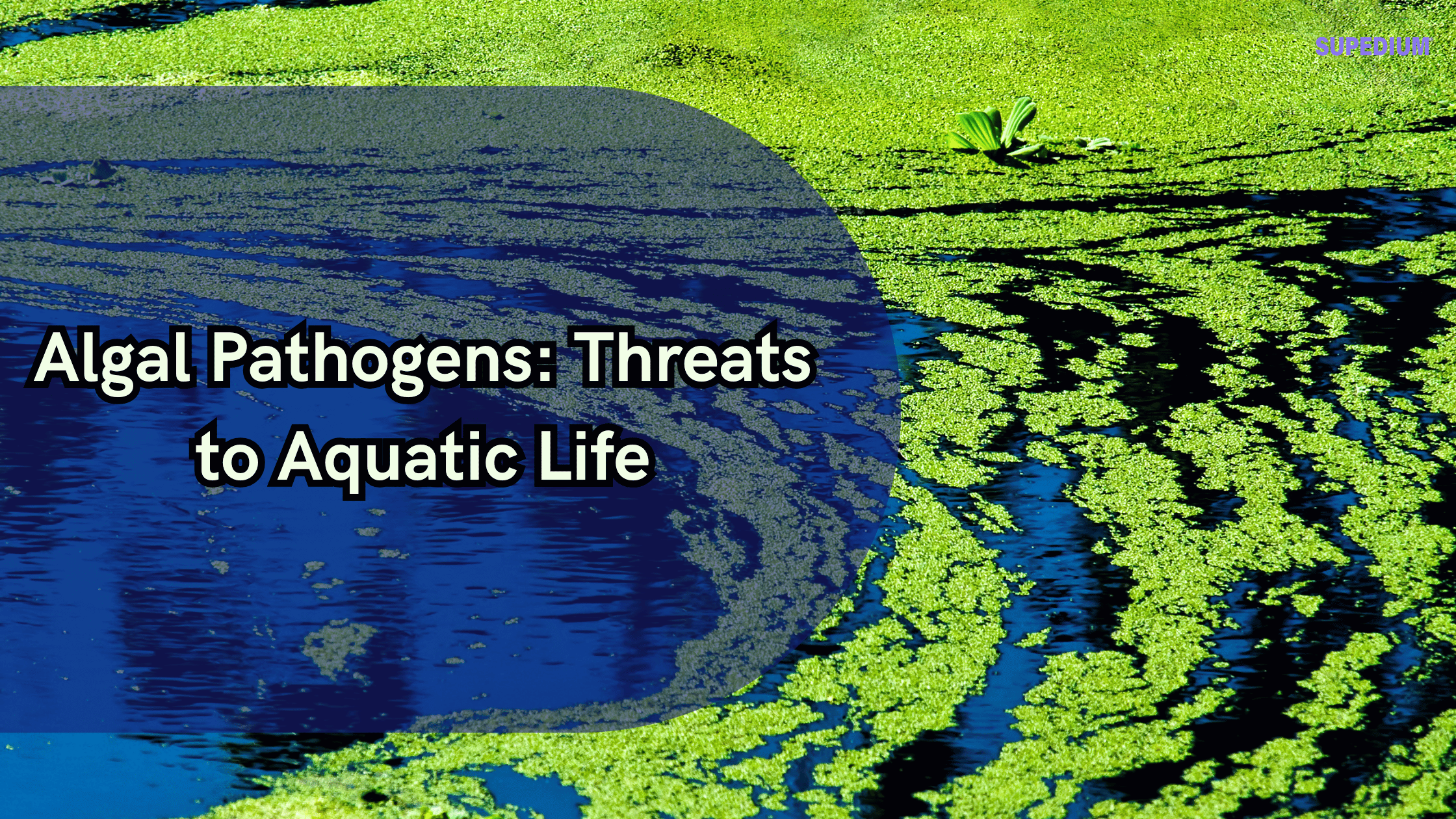Table of Contents
![]()

The water-plantains (Alismataceae) are a family of flowering plants, comprising 11 genera and between 85 and 95 species. The household has a cosmopolitan distribution, with the best variety of species in temperate areas of the Northern Hemisphere. The majority of the species are herbaceous aquatic plants growing in marshes and ponds.
Description
Many Alismataceae are robust perennials, but some might be Yearly Or perennial, depending on water conditions — they are perennial yearly in seasonal conditions, in waters but there are exceptions. The stalks are corm-like stoloniferous. Juvenile and submerse leaves are usually linear, whilst more mature and emerse leaves may be linear to ovate as well as sagittate. Most have a different petiole, using a sheathed base.
The inflorescence is generally compound with whorls of branches, though some are umbel-like, and many others have solitary blossoms. The flowers are unisexual, bisexual or regular. There are three sepals which often persist in the fruit. Three petals purple with spots that are purple or yellowish. The petals rarely last more than 1 day. In Buryatia and Wiesneria the petals are moment and even sometimes absent in female flowers. Stamens are 3, 6, 9 or numerous. The ovary is exceptional, comprising 3 – numerous free carpels in 1 whorl or a clustered head. Each carpel includes 1 (-2) anatropous ovules.
The fruit is a mind of nutlets (except in Damasonium). The seeds don’t have any endosperm and a curved or folded embryo.
Cultivation and uses
Several species, notably from the genus Sagittaria, have edible rhizomes, developed for both human food and animal fodder in southern and eastern Asia. They have been eaten as food from the indigenous peoples of North America. Many have value. Some are grown as decorative plants in bog gardens, ponds and aquariums. The leaves and flower buds of Limnocharis Flava are eaten in Southeast Asia as “poor people’s vegetable”.
Characteristics
- Contain latiffers in marshy or aquatic habitats
- Leaves petiolate, well-developed lamina
- Solitary or sparsely inflorescent flowers with whorled flowers
- Sepals and petals differentiated in the perianth
- 6 or more stamens and carpels, free
- Carpel normally with one basal ovule
- It produces an aggregate of achenes or follicles





2 Comments
This is inspired! I’m happy I read your post because it’s better than similar posts I’ve read from everyone else about this subject. May I ask you to expand this? Could you write an additional example? Thank you 🙂
Hello sugar daddy website,
We’ve updated our content
Enjoy your reading ?